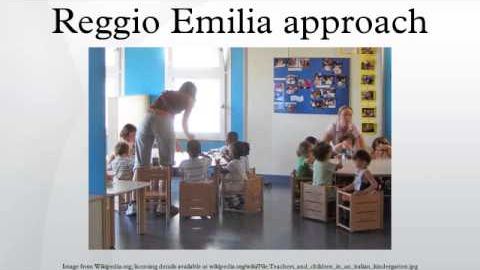
Subtitles & vocabulary
Reggio Emilia approach
00
milkic88 posted on 2015/10/04Save
Video vocabulary
teacher
US /ˈtitʃɚ/
・
UK /ˈti:tʃə(r)/
- Countable Noun
- Person who teaches others, especially in a school
A1
More child
US /tʃaɪld/
・
UK /tʃaɪld/
- Noun (Countable/Uncountable)
- A very young person, between about 2 and 15
- A son or daughter.
A1
More learning
US /ˈlɚnɪŋ/
・
UK /ˈlə:niŋ/
- Verb (Transitive/Intransitive)
- To get knowledge or skills by study or experience
- To find out something.
- Uncountable Noun
- Act of getting knowledge
- The acquisition of knowledge or skills through experience, study, or being taught.
A1
More Use Energy
Unlock All Vocabulary
Unlock pronunciation, explanations, and filters
